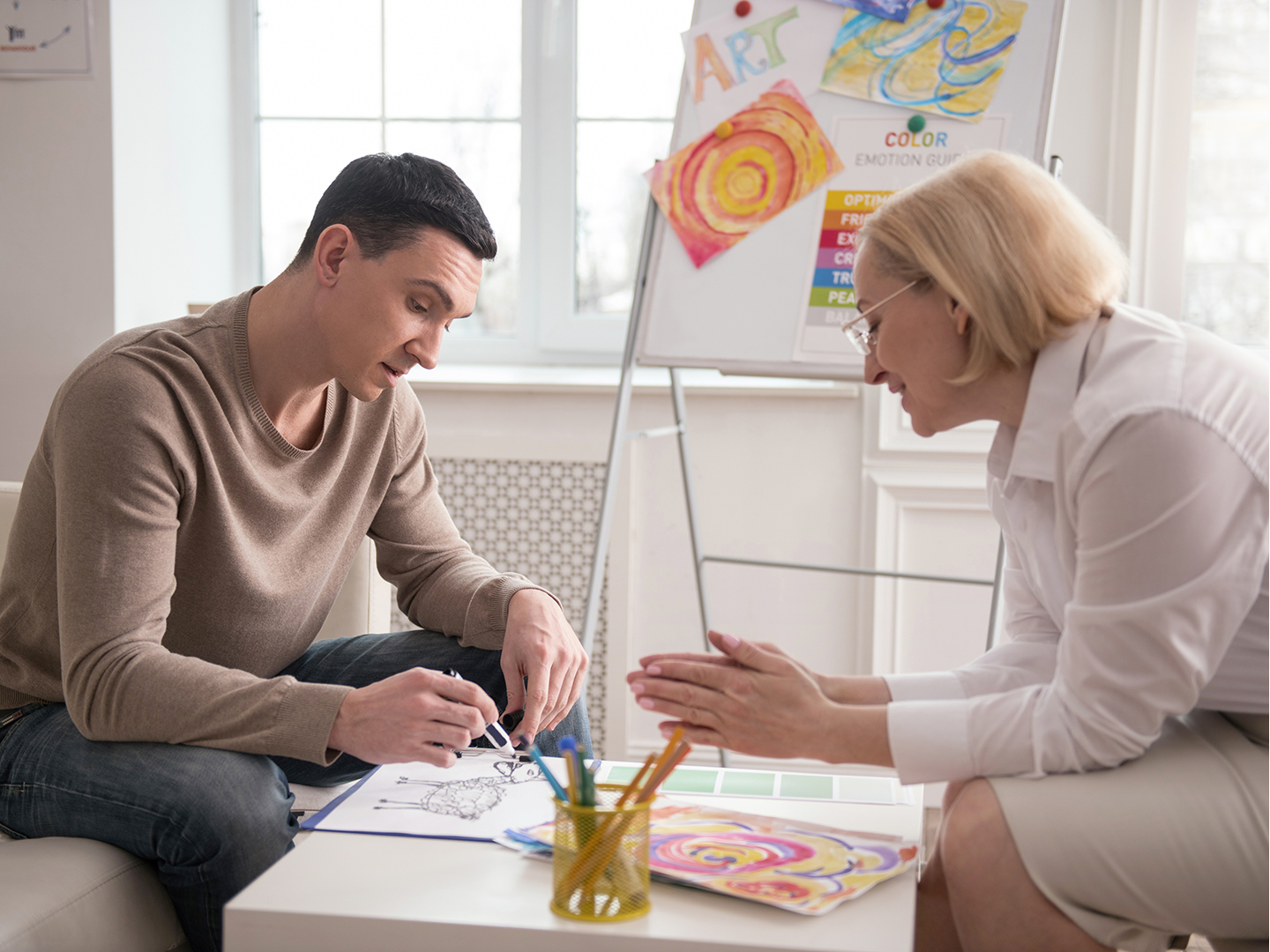In a world filled with stressors and challenges, finding an outlet for self-expression and emotional release is essential for maintaining mental well-being. One such powerful outlet is the act of painting. Whether you’re an experienced artist or a complete novice, the act of putting brush to canvas can have profound therapeutic effects on your mental health. In this blog post, we’ll explore the healing power of art and how painting can be a form of therapy to reduce stress and promote emotional well-being.

The Therapeutic Benefits of Art
1. Stress Reduction
Engaging in creative activities like painting can serve as a form of meditation. It allows individuals to focus their attention on the present moment, reducing stress and anxiety. The rhythmic and repetitive motions involved in painting can induce a state of relaxation, similar to the effects of mindfulness practices.
2. Self-Expression
Art provides a safe and non-verbal way to express emotions that may be difficult to articulate with words. Through colors, shapes, and brushstrokes, individuals can convey their inner thoughts, feelings, and experiences. This self-expression can be liberating and cathartic, leading to a sense of emotional release and relief.
3. Increased Self-Esteem
The act of creating art and witnessing one’s own creative progress can boost self-esteem and self-confidence. As individuals see their skills improve and their artwork evolve, they gain a sense of accomplishment and pride in their abilities.
4. Distraction from Negative Thoughts
Painting can act as a healthy distraction from negative thought patterns and rumination. When engrossed in the creative process, individuals are less likely to dwell on their worries and concerns, leading to a temporary escape from the pressures of daily life.
Getting Started with Painting for Mental Health
You don’t need to be an experienced artist to harness the therapeutic benefits of painting. Here’s how to get started:
1. Gather Supplies
Begin by collecting basic painting supplies, such as acrylic or watercolor paints, brushes, a palette, and a canvas or paper. You can find affordable and beginner-friendly art sets at your local art supply store.
2. Create a Comfortable Space
Designate a space in your home where you can paint comfortably and without distractions. Ensure good lighting and have all your materials within reach.
3. Embrace the Process
Remember that the process of painting is more important than the end result. Don’t focus on creating a masterpiece; instead, let your intuition guide your brushstrokes and color choices.
4. Explore Different Styles
Experiment with various painting styles and techniques. Try abstract art, realism, impressionism, or any style that resonates with you. There are no rules in art therapy; it’s about personal expression.
5. Practice Mindfulness
While painting, practice mindfulness by staying fully present in the moment. Pay attention to the sensations of painting—the texture of the canvas, the smell of the paint, the sound of the brush on the surface.
Seek Professional Guidance
If you’re dealing with severe mental health issues, it’s essential to seek professional guidance. Art therapy, conducted by a trained art therapist, can be an effective form of treatment for individuals struggling with various mental health challenges.
Conclusion
Painting is a therapeutic and accessible way to improve mental health and well-being. It offers a space for self-expression, stress reduction, and emotional release. Whether you paint for a few minutes each day or embark on larger projects, incorporating art into your routine can have a positive impact on your mental health journey.
So, pick up your brushes, let your creativity flow, and experience firsthand the healing power of painting. Whether it’s a colorful abstract canvas or a serene landscape, your artwork can be a reflection of your inner world and a source of solace and strength in challenging times.
